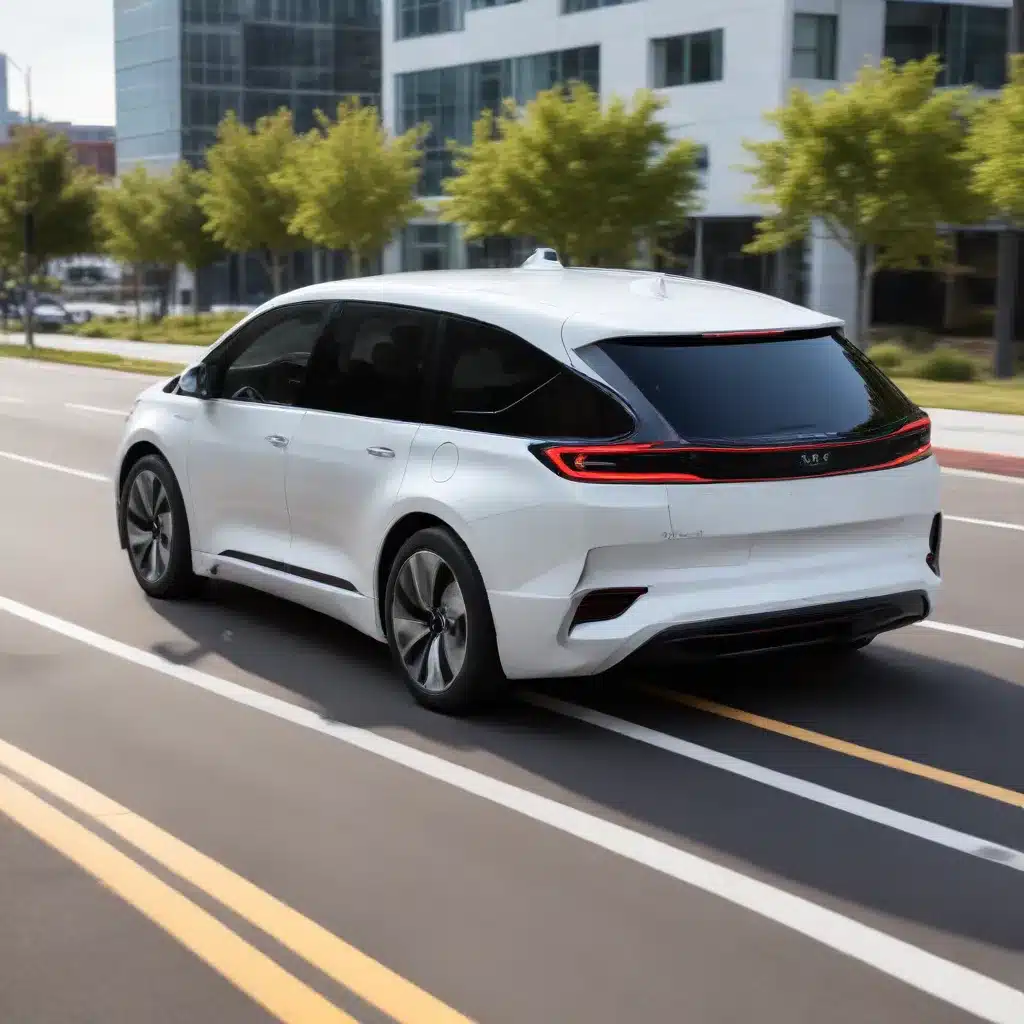
The rapid advancements in autonomous vehicle (AV) technology are poised to transform the landscape of transportation, with far-reaching implications for energy efficiency and sustainability. As Europe accelerates its shift towards clean energy, the integration of AVs presents a promising opportunity to optimize mobility patterns and reduce the environmental impact of the transportation sector.
Autonomous Vehicle Technology
At the core of the AV revolution are sophisticated sensor systems and software algorithms that enable vehicles to perceive their surroundings, navigate, and make decisions without human intervention. These technological breakthroughs are underpinned by a complex infrastructure of high-definition maps, wireless communication networks, and cloud-based data processing.
Sensor Systems: AVs are equipped with a array of sensors, including cameras, radar, lidar, and ultrasonic devices, which work in tandem to create a comprehensive understanding of the vehicle’s environment. These sensors constantly monitor the road, traffic conditions, and potential obstacles, allowing the AV to make informed and safe decisions.
Software Algorithms: The real-time data collected by the sensors is processed by advanced software algorithms, which utilize machine learning and artificial intelligence to interpret the information and determine the optimal driving strategy. These algorithms are constantly refined and improved to enhance the safety, efficiency, and responsiveness of AVs.
Infrastructure Requirements: The widespread adoption of AVs will require a significant investment in infrastructure, including the development of high-precision digital maps, robust wireless communication networks, and cloud-based computing resources. These infrastructure elements will enable seamless data exchange between vehicles, infrastructure, and the wider transportation network, unlocking the full potential of AV technology.
Energy-Efficient Driving Strategies
One of the most promising aspects of AVs is their ability to optimize energy consumption through innovative driving strategies. By leveraging their advanced sensor systems and software algorithms, AVs can navigate the transportation network in a more energy-efficient manner, reducing overall energy consumption and emissions.
Optimized Route Planning: AVs can utilize real-time data on traffic conditions, road quality, and energy consumption patterns to plan the most efficient routes, minimizing unnecessary travel and reducing energy usage. This optimization can take into account factors such as vehicle weight, road gradient, and environmental conditions to further enhance energy efficiency.
Eco-Driving Techniques: AVs can be programmed to employ eco-driving techniques, such as smooth acceleration and deceleration, optimal speed maintenance, and predictive braking, which can significantly improve the energy efficiency of the vehicle. These techniques, combined with the precise control capabilities of AVs, can lead to substantial reductions in energy consumption and emissions.
Vehicle Connectivity and Coordination: AVs can also communicate with each other and with the broader transportation infrastructure, enabling coordinated driving patterns that can further enhance energy efficiency. For example, AVs can platoon, or travel in close formation, reducing aerodynamic drag and optimizing energy usage. Additionally, AVs can work in tandem with the power grid, using their batteries to provide energy storage and load balancing services, supporting the integration of renewable energy sources.
Environmental Impact of Autonomous Vehicles
The widespread deployment of AVs has the potential to profoundly impact the environmental landscape, offering significant benefits in terms of emissions reduction and energy consumption patterns.
Emissions Reduction: By optimizing driving strategies, reducing congestion, and enabling the integration of alternative fuel vehicles, AVs can contribute to a significant reduction in greenhouse gas emissions from the transportation sector. This aligns with Europe’s ambitious climate goals and the pursuit of a carbon-neutral future.
Energy Consumption Patterns: The energy-efficient driving capabilities of AVs can lead to a decrease in overall energy consumption within the transportation sector. This, in turn, can support the integration of renewable energy sources and contribute to the broader decarbonization of the energy system.
Sustainable Mobility Solutions: AVs can be integrated into multimodal transportation networks, working in conjunction with public transit, shared mobility services, and active transportation modes like walking and cycling. This convergence of sustainable mobility solutions can enhance the accessibility and inclusivity of transportation, while further reducing the environmental impact of the sector.
Challenges and Considerations
While the potential benefits of AVs are substantial, the widespread adoption of this technology also presents a range of challenges and considerations that must be addressed.
Regulatory Frameworks: The development and deployment of AVs will require the establishment of robust regulatory frameworks to ensure safety, security, and ethical considerations are addressed. Policymakers in Europe will need to collaborate with industry stakeholders to create a harmonized regulatory environment that fosters innovation while prioritizing public well-being.
Public Acceptance: The successful integration of AVs into the transportation landscape will depend on public acceptance and trust. Addressing concerns around safety, privacy, and the potential displacement of jobs will be crucial in garnering widespread support for this transformative technology.
Technological Limitations: Despite the rapid advancements in AV technology, there are still limitations and technical challenges that must be overcome, such as the reliability of sensor systems in adverse weather conditions, the ability to navigate complex urban environments, and the integration of AVs with legacy transportation infrastructure.
As Europe continues to lead the global transition towards clean energy, the emergence of autonomous vehicle technology presents a unique opportunity to optimize mobility patterns and enhance energy efficiency within the transportation sector. By leveraging the power of sensor systems, software algorithms, and connectivity, AVs can contribute to a more sustainable and resilient transportation ecosystem, supporting Europe’s ambitious decarbonization goals. However, the successful integration of this technology will require a collaborative effort between policymakers, industry leaders, and the public, addressing the various challenges and considerations along the way.
To learn more about the latest developments in autonomous vehicle technology and its implications for energy efficiency, visit the European Future Energy Forum.






